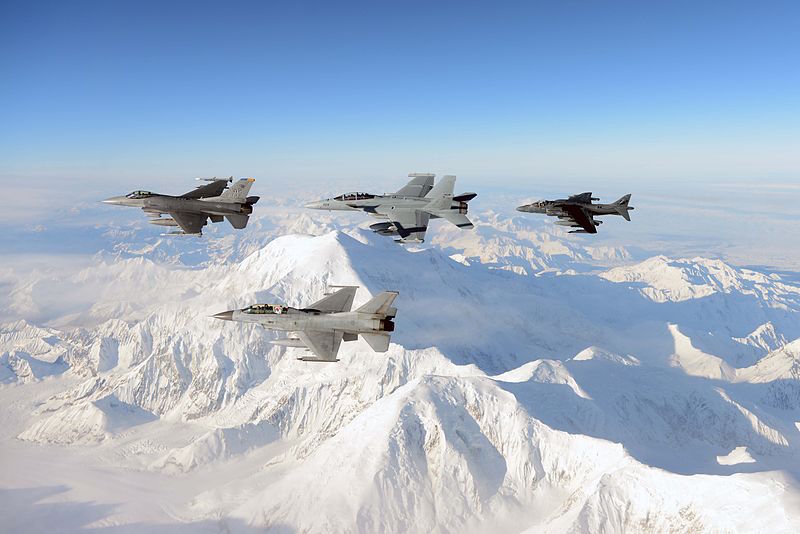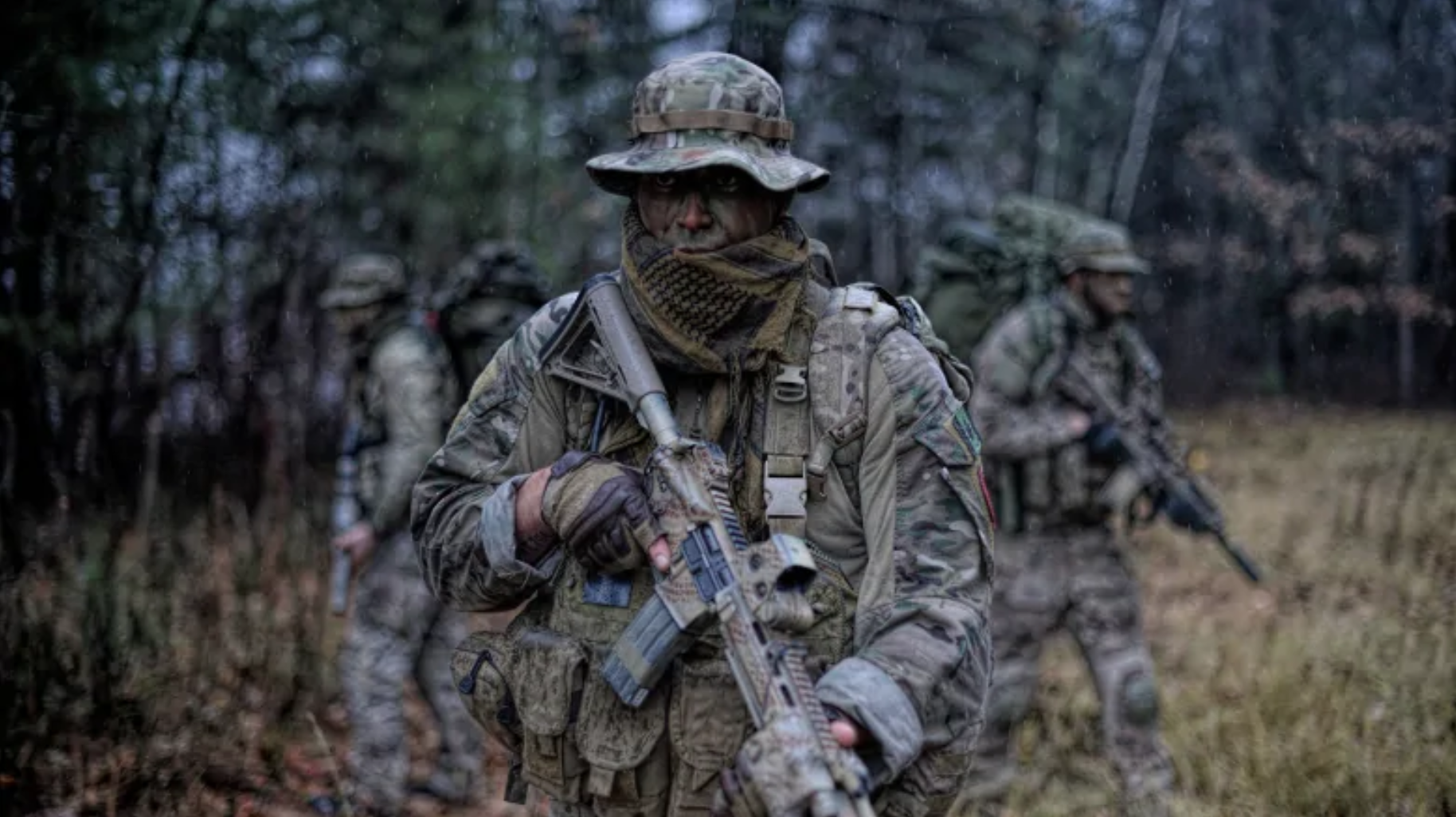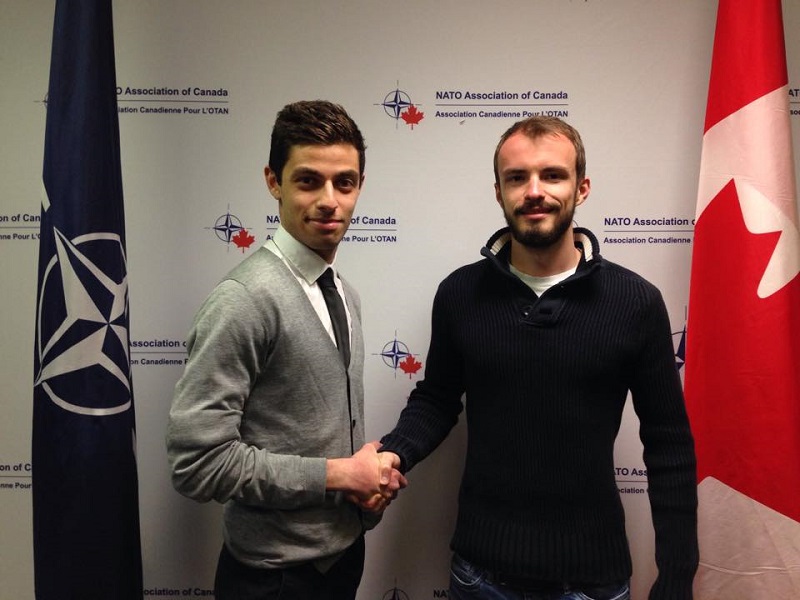The annual Operation NUNALIVUT successfully wrapped up on March 10, 2017. Around 350 members of the Canadian Armed Forces (CAF) participated in activities in Resolute Bay and Hall Beach in Nunavut. Throughout the 2-week operation, land, sea and air elements aimed to demonstrate and strengthen their skills in the harsh Arctic environment. Op NUNALIVUT is part of the Canadian military’s efforts in the Arctic to uphold Canada’s sovereignty, and is one of four ongoing CAF operations focused on maintaining Canada’s military presence in different parts of the region.
The current situation in the Arctic is a critical issue for Canadian security. While Canada’s territorial claims in the region are firmly established and widely recognized, the status of the Northwest Passage, which Canada considers as part of its internal waters, may cause challenges in the future. Increased accessibility caused by climate change is anticipated to induce a myriad of threats, from illegal fishing and environmental degradation, to the infringement of territorial integrity. According to a 2015 report by Environment and Climate Change Canada, the country’s temperature is increasing at a rate that is about twice the global average, while the Arctic is warming at a much faster pace. A new study released this month asserts that Arctic ice will continue to melt even if global efforts in controlling the rise of global temperature below the threshold of 2 degree Celsius succeed, as agreed upon under the Paris Agreement. These environmental changes require Canada to equip the CAF accordingly, and develop a comprehensive defence strategy to enhance readiness in addressing current and future security challenges.
There is a general consensus on the need for continued international cooperation to ensure the security of the Arctic. Canada and the U.S. worked together in order to defend the region from the threats of Japan in the Second World War and the USSR during the Cold War. Current Arctic foreign policy remains firm on these principles of cooperation and diplomacy. However recent environmental changes, Russian activity in the Arctic and current U.S. leadership has raised concerns regarding Canada’s ability to unilaterally defend sovereignty in the North. This is in contrast to the Canadian approach to defence capabilities, which put more emphasis on building a “multi-purpose capability” which permits cooperation with allies. It was argued that capability gaps render Canada unable to respond to security breaches. One of the most critical challenges is the aging fleet of icebreakers that are now prone to mechanical failures. Another issue is the lack of needed satellite coverage that will allow the CAF to transmit information in real time and effectively manage military assets. This also led to questions regarding procurement plans such as the purchase of Super Hornets to replace the aging CF-18 fleet. Some have argued that this particular aircraft’s design and capabilities will lead to further dependence on the U.S. to ensure airspace security in the Arctic.
In the Arctic, Canada is increasing synergy between the CAF and other relevant departments and agencies. This year’s Op NUNALIVUT saw a heightened level of cooperation between the CAF and the Royal Canadian Mountain Police (RCMP) Dive Unit. It was the first time that they worked together as a team under one supervisor to improve interoperability. However, if Canada would continue to enhance internal interoperability, it is impossible to overstate the need for appropriate equipment not only for the CAF to fulfill their mandate, but also to adequately support their partners during operations.
Defending Canadian sovereignty is paramount. In developing a new defence strategy, it is necessary to revisit current approaches and analyze its appropriateness in addressing current and future threats in the Arctic. The North has been promised many things but commitment has been modest at best. Canada needs to determine its military needs to secure the North and it should do so with a farsighted but feasible plan.
Photo: Fighter Jets Arctic (2014), by Republic of Korea Armed Forces via Wikimedia. Licensed under CC BY-SA 2.0
Disclaimer: Any views or opinions expressed in articles are solely those of the authors and do not necessarily represent the views of the NATO Association of Canada.




